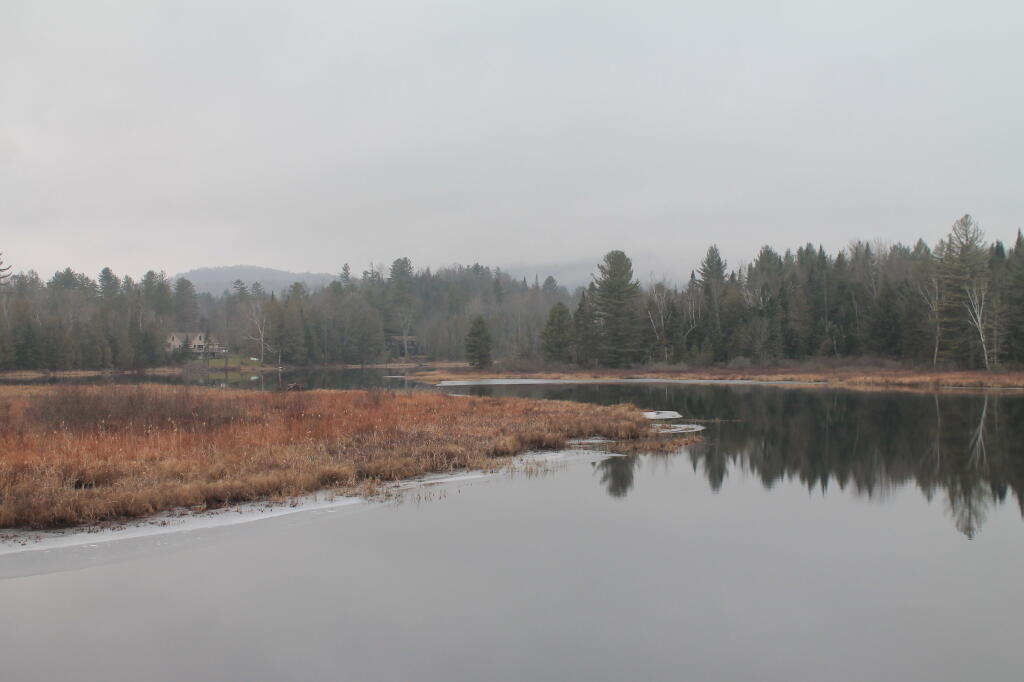Good morning! Happy Repeal of Prohibition Day 🍺! Probably not many drink specials today with the pandemic smoldering all around us. 👾Three weeks to Boxing Day 🥊. That’s the day after Christmas 🤶🏻 when people burn the boxes and wrapping paper 📦 🔥 🎁 or something like that. Rain and 37 degrees in Delmar, NY. ☔ There is a north-northwest breeze at 6 mph. 🍃. Temperatures will drop below freezing at around 9 pm. ☃️
Today will have a chance of rain before 3pm, then a slight chance of rain and snow. Cloudy 🌧, with a high of 38 degrees at 9am. Two degrees below normal, which is similar to a typical day around December 8th. North wind 6 to 11 mph increasing to 13 to 18 mph in the afternoon. Winds could gust as high as 32 mph. Chance of precipitation is 40%. Little or no snow accumulation expected. A year ago, we had mostly sunny skies in the morning with a few breaks of sun the afternoon. The high last year was 38 degrees. The record high of 65 was set in 2001. 9.0 inches of snow fell back in 1902.❄
Planning a quiet day today. 📖 Going to do some reading and a few little projects around the apartment, as today is a pretty awful day weather wise although at least we are missing the snow 🌨 for now.
Solar noon 🌞 is at 11:47 am with sun having an altitude of 24.9° from the due south horizon (-45.9° vs. 6/21). A six foot person will cast a 12.9 foot shadow today compared to 2.2 feet on the first day of summer. The golden hour 🏅 starts at 3:38 pm with the sun in the southwest (232°). 📸 The sunset is in the west-southwest (240°) with the sun dropping below the horizon at 4:23 pm after setting for 3 minutes and 22 seconds with dusk around 4:53 pm, which is 9 seconds earlier than yesterday. 🌇 The best time to look at the stars is after 5:30 pm. At sunset, look for rain 🌧 and snow 🌨 and temperatures around 38 degrees. Breezy, 18 mph breeze ⛅ from the north-northwest with gusts up to 32mph. Tomorrow will have 9 hours and 10 minutes of daytime, a decrease of one minute and 3 seconds over today.
Tonight will be partly cloudy 🌤, with a low of 26 degrees at 5am. One degree above normal, which is similar to a typical night around December 4th. Blustery, with a northwest wind 16 to 22 mph, with gusts as high as 38 mph. In 2019, we had cloudy skies in the evening, which became mostly clear by the early hours of the morning. It got down to 26 degrees. The record low of -5 occurred back in 1901.
Honestly I feel a little guilty about buying that little $13 heater fan ♨ but I don’t plan to use it much – just occasionally on very cold days when I want to warm up my hands quickly and don’t want to turn up the gas heat or baseboard heat. It uses a kilowatt and a half each hour run so I want to make sure that I use it sparingly but if it allows me to keep the heat cooler it’s worth while. I thought about getting one for several years but I usually waited until it’s cold and they’re sold out. As a resistance fan it will heat up very quickly.
I would like to go camping 🏕 next weekend but I’ll be watching the snow accumulations. It’s also difficult with the early sunsets and work. 🌇 Maybe it will be a single night trip somewhere. Who knows.
As previously noted, there are 3 weeks until Boxing Day 🥊 when the sun will be setting at 4:28 pm with dusk at 5:00 pm. On that day in 2019, we had mostly cloudy, rain showers and temperatures between 41 and 27 degrees. Typically, the high temperature is 33 degrees. We hit a record high of 59 back in 1895.

